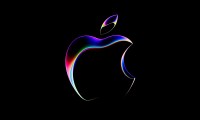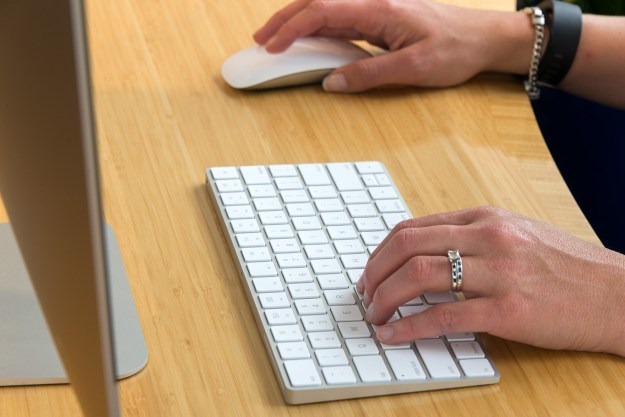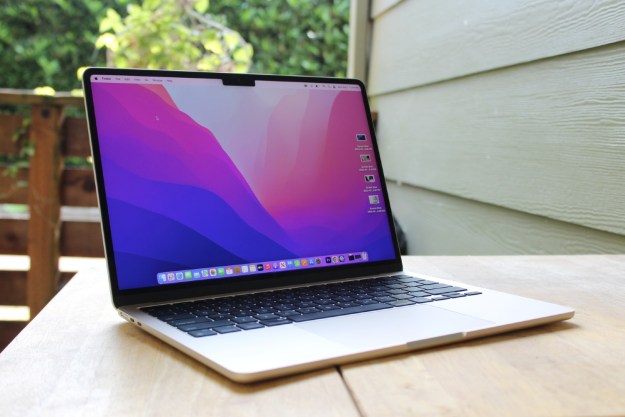The next major version of Apple’s MacOS operating system is official. MacOS Ventura, the follow-up to last year’s MacOS Monterey, has just been announced at the annual Worldwide Developers Conference (WWDC).
The biggest feature of MacOS Ventura relates to productivity and multitasking. There’s a new way to keep things organized on your Mac in this release called Stage Manager. Also included are updates for the Mail app, Safari, and continuity features designed so you can use your iPhone as a webcam for your Mac.
Stage Manager was up first in Apple’s announcement and keynote. It is activated from the Control Center and can arrange other open apps on the side of your Mac. Clicking on a different app will bring that app to the stage, and the last app will also move back to the left. You also can cycle through windows of multiple apps by clicking, and pair multiple apps together in one group. Stage Manager will keep them arranged as you left them.
As for getting to the desktop in MacOS Ventura, Stage Manager provides a new way for that. Just a click on desktop and the stage is cleared and you see files from the desktop. You can drag files from the desktop directly into an app in Stage Manager, too.
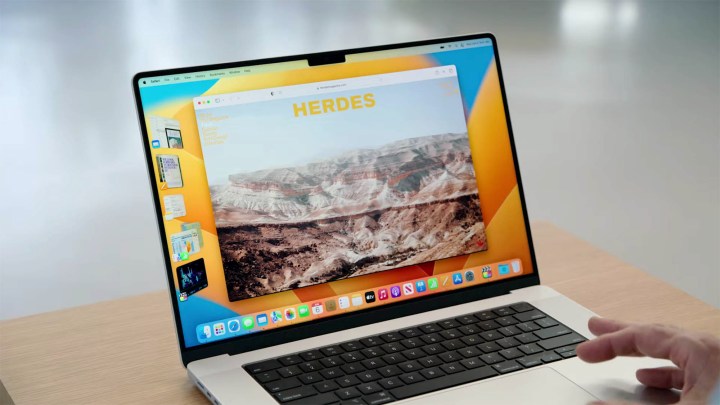
Another big theme of Ventura is the updated Mail app. It comes with scheduled mail send, follow-up suggestions, the ability to unsend an email, and more. Safari is also getting shared tab groups, the ability to see which tabs people are looking at live, and better communications with iMessage.
You can also expect richer information in Spotlight. TV shows, actors, sports, etc., all should look better. There’s even the ability to start timers from Spotlight.

Capping things out in Ventura are Passkeys and new continuity features with iPhones. Passkeys are designed to replace passwords for good. They use cryptographic techniques and biometrics in the device. TouchID or FaceID are used to authenticate, so passkeys can’t be phished since they never leave your device. Passkeys are designed to work in apps and on the web and with iCloud keychain.
Finally, with the new iPhone continuity features, you can expect the ability to use your iPhone as a camera for your Mac and hand off Facetime calls from iPhone. Your Mac will automatically detect your iPhone, and there will be no need to connect with wires. On select iPhones, you’ll be able to enjoy “desk view” which gives you an ultrawide view of your desk. Apple is working with Belkin on accessories to hold the iPhone at the proper angle.
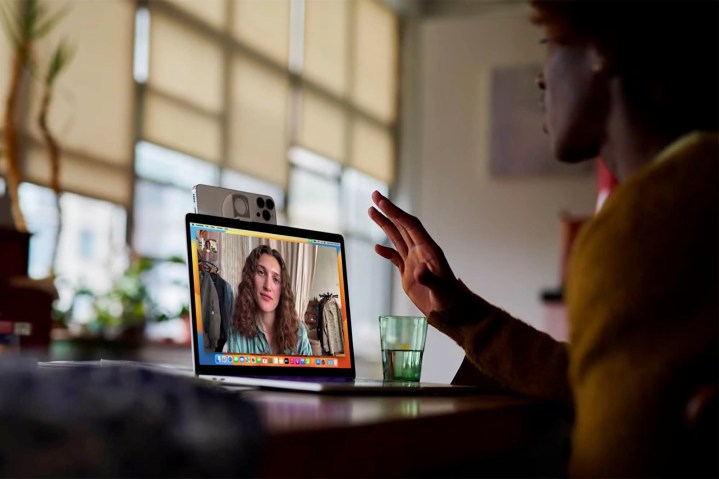
As usual, this release will be a free update to qualifying Mac models later this fall. The range of supported Macs should be the same as MacOS Monterey, which includes several Intel-based and Apple M1 Mac models from 2015 and later.
MacOS Ventura is available as a developer beta through the Apple developer program today. If you’re eager to try, you’ll need to sign up and pay to access that program, which costs $100 a year.
It will also will hit Apple’s public beta testing program known as the Apple Beta Software Program in July. When it does, you’ll be able to download the profile and enroll your Mac online through the website to try it out.
Outside of the beta, yu can expect a full non-beta release around October. This gives Apple plenty of time to polish the rough edges of the operating system and work out bugs. It also allows developers to optimize and code their apps for the new OS. As a reference point, MacOS Monterey launched on October 25. So you can expect roughly a four or five-month wait for a final release.
Editors' Recommendations
- Does your Mac need antivirus software in 2024? We asked the experts
- Don’t download the latest macOS Ventura update just yet
- MacBook Pro 16 vs. MacBook Pro 14: The important differences
- The biggest threat to the MacBook this year might come from Apple itself
- I was wrong about using Stage Manager on Mac
